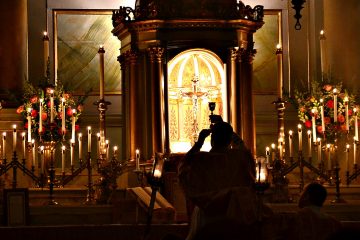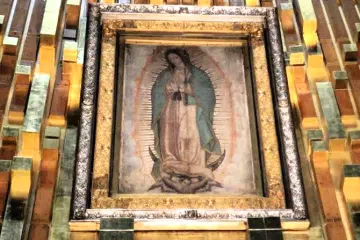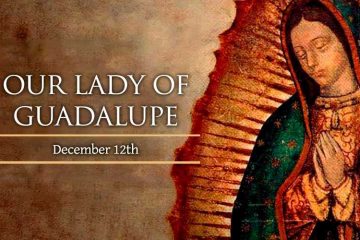Lay Employee Pension Plan changes in 2011
Friday, June 4, 2010
ARCHDIOCESE — The Financial Services Office of the Archdiocese of Cincinnati announced May 31 that changes will be made to the Lay Employees Pension Plan and the Priests’ Retirement Fund in 2011.
Finance personnel, attorneys, actuaries, investment professionals and lay and clerical committees that include the Archdiocesan Finance Council, the Lay Employees Pension Committee and the Presbyteral Council, have spent several years studying and discussing the liability for the employee pension fund, which is now $360 million. While the archdiocese has $280 million in assets currently and can make up the difference, actuarial reports indicate that there is a risk that the gap can continue to widen over time.
As a result of the study, the archdiocese will freeze the accrual of retirement benefits under the Lay Employees Pension Plan for all participants, effective Dec. 31, 2010. After that date, no additional compensation or future service will be counted in determining a participant’s pension benefit. However, service will continue to be credited for the purpose of determining a participant’s vested interest in his or her accrued benefit.
This change will not affect the pension plan benefit earned by anyone currently retired from any archdiocesan employer. Likewise, the 403(b) plan will be frozen for lay employees as of Dec. 31, 2010. Future lay employee contributions will be made to a new 401(k) plan.
“The typical 10-year employee will stop earning additional pension credit as of Jan. 1, 2011, but will gain from automatic additions to the new 401(k),” explained Richard Kelly, chief financial officer and treasurer of the Archdiocese of Cincinnati.
The change is being made, Kelly added, “to insure we can keep the promises to our pension plan participants. The volatility in investment markets makes it very difficult to predict the return on stock and bond investments.”
He also emphasized that the change “is unrelated to claims or settlements for abuse claims” against the Archdiocese of Cincinnati.
“The assets that support these pension obligations are held in a trust that is entirely separate from the archdiocese,” Kelly said.
Pension plans offered by religious organizations have not traditionally been covered by the government insurance plan for pension funds.
The pension fund liabilities currently exceed the assets “primarily because investment returns over the past 10 years have been well below plan assumptions,” Kelly said.
The archdiocese will also make changes to the Priests’ Retirement Fund with the intention of balancing the needs of retired and infirm priests with the available resources. Some of these changes may include a revision in the benefit formula, cost-saving measures for infirm priests’ care and parish contributions.
Kelly says that the advantage to future contributions for employees being made to a 401(k) plan is that “the 401(k) is portable. It does not require a long vesting period. An employee gets an automatic contribution from the employer.”
Additionally, an employee may add his or her own funds, up to a specified IRS limit, to a 401(k) plan, and choose investment options. Loans against the funds are also possible.
All current active employee participants will receive a statement from the third-party plan administrator, UMR, detailing the projected accrued benefit in the Lay Employee Pension Plan as of Dec. 31, 2010.
Any immediate questions may be directed to Richard Kelly or to Barbara Walsh, director of benefits and risk management, at 513-421-3131.










